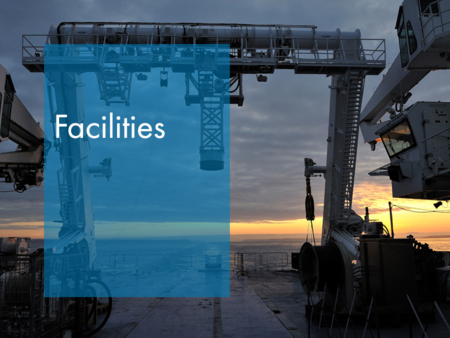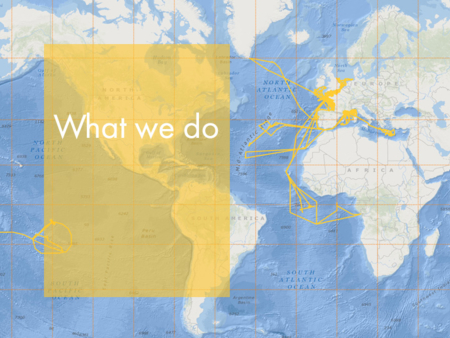2.8. Archiving data and samples and making them available
This concern is not the direct remit of FOF long-range planning, only major recommendations have been kept. The community prefers to go paperless for campaigns at sea (entering, assessment, attribution doi…) and the work undertaken by the BLP, the INIST and the IRD to monitor bibliographic references relating to the work of the FOF, whose results are illustrated in 1.3. Today, the recommendations focus on improving places to store and archive marine samples, particularly concerning sediment cores collected during oceanographic campaigns. They are immensely valuable, considering the very high cost of acquiring them; consequently, their storage, archiving, inventory, visibility and accessibility must be improved to become available to the whole community. The state of affairs in this matter is explained in detail in Appendix 9.
Several proposals crop up systematically:
- A single searchable website grouping together all the metadata that is accessible to the whole national scientific community, regardless of custodianship (see Cybercaro-library started by the Equipex CLIMCOR, BDD Bigood website, MNHN website, SEANOE by Ifremer).
- Setting up a moratorium (2 years that can be extended to 4 years) during which access is reserved for campaign participants and their staff, before being opened up and providing access to the scientific community. The data should be uploaded (with protected access) as quickly as possible after each campaign in order to allow automatic public availability at the end of the moratorium period.
- An improvement of places to store and archive marine samples, particularly concerning sediment cores collected during oceanographic campaigns. They are immensely valuable, considering the very high cost of acquiring them; consequently, their storage, archiving, inventory, visibility and accessibility must be improved to become available to the whole community.
- Putting complete campaign reports on-line, even back-dated.
- Recovery and uploading of data from post-moratorium campaigns (bathymetry, gravimetry, seismic, etc.) and under restricted access for data in the moratorium period.
- The constraint to link campaign programming and its funding regarding making data available, even back-dated.




